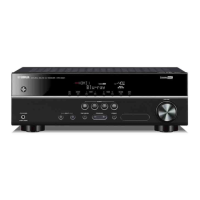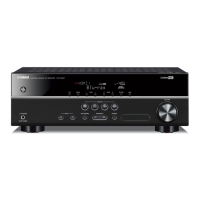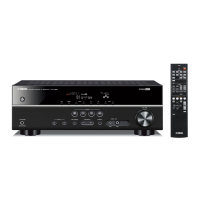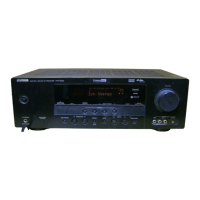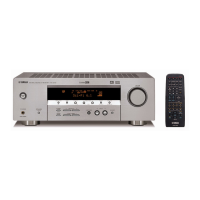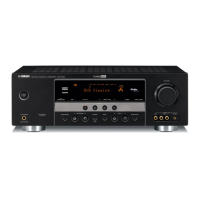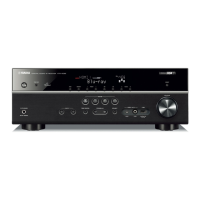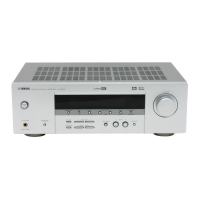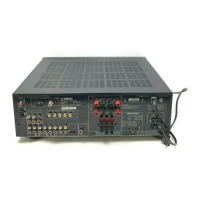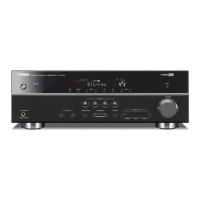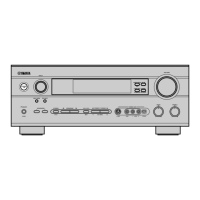Why does my Yamaha HTR-2064 remote control not work?
- SshannonthomasJul 28, 2025
If your Yamaha Receiver's remote control isn't working, here are a few things to check: * Make sure you're within 6 meters (20 feet) and not more than 30 degrees off-axis from the front panel. * Adjust the lighting or move the unit if direct sunlight or certain types of lighting are interfering. * Try replacing all the batteries. * Ensure the remote control ID matches the unit's ID.
